
surfresearch.com.au
r.c. pennie : why gays don't surf, 1981.
r.c. pennie : why gays don't surf, 1981.
|
|
|
|
|
|
 |
surfresearch.com.au
r.c. pennie : why gays don't surf, 1981. |
|
Why
Gays Dont Surf- or do they?
By R.C. Pennie Clustered together like archetypal chickens in
a barnyard coop, the half-naked, sun-bronzed group
of young men constantly eye the scene and
continually evaluate the competition.
Highly aware of each other and of the
special bond which membership in their
predominantly male group allows them, they share a
sense of community and social identity distinctly
different from
that experienced by other males their age. Sexual
overtones dominate the group, but sexual
segregation is a highly ingrained social norm.
They relegate women to an inferior status, and for the most part, these young men appear to prefer the company of other young men. No, these people are not members of the gay community who cruise the Hollywood discos in search of the ultimate orgasm. Rather, they are members of the surfing community who cluster together on Southern California beaches in quest of the ultimate wave. Both the gay community and the surfing community have much in common. Each practices sexual segregation — gays primarily for sexual reasons, and surfers merely because they consider women inadequate on the waves. Same-sex bonding which goes beyond simple friendship, but which is not necessarily overtly sexual, is rampant among both groups. Both gays and surfers place an unfortunately strong accent upon the "advantages" of youthfulness, and both place an over-emphasis upon the physical and material worlds. |
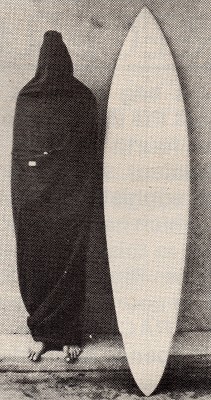 Photo
Pennie
|
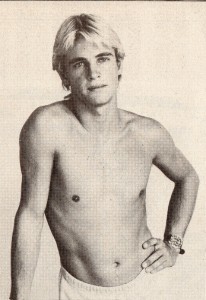 |
Selling
With Surfing
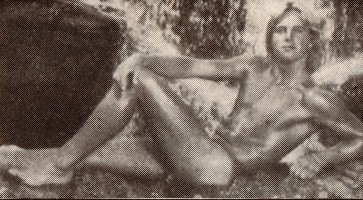 Mark Coleman- Centrefold
Mark
Coleman
Photographs
by Paul Ryan
|
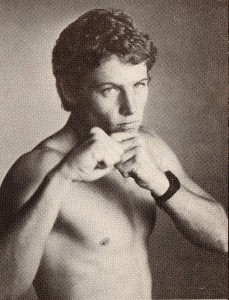 |
Peter Phelps, page 21. |
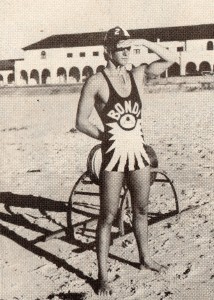 |
| Photograph: Bill Bachman Tracks May, 1982, page 2. |
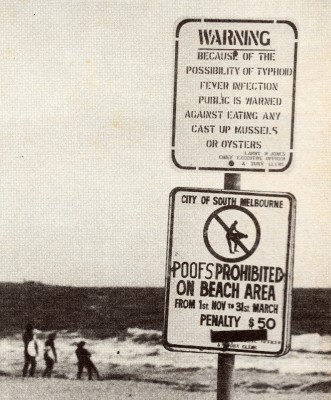 |
Tracks Number 124 January 1981. Understanding the New Materials. By Bob MacTavish Windsurfing - Are you ready for it? By Bob MacTavish Why Gays Don't Surf- or do they? By R.C. Pennie |

|
|
|
|
|
|
|